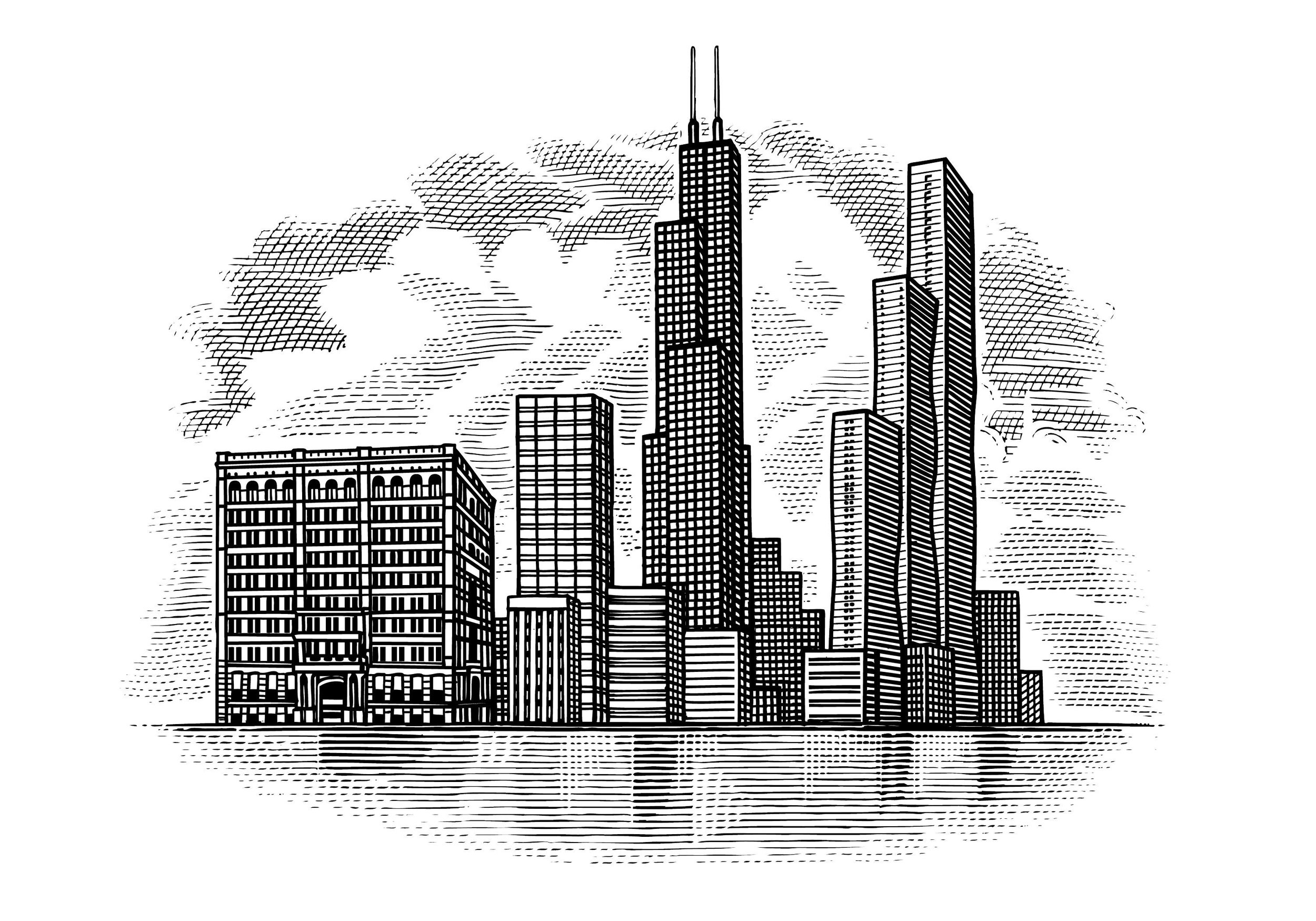The Monthly Memo — February Edition
Chicago Loses When Institutions Vanish
My apologies for sending out the newsletter even later than usual. The Monthly Memo's reboot (announced last month) has been going well so far, but I'm changing things even more. In addition to what I wrote about in January, subscribers can now expect more local (Chicago) coverage, and less national news. Of course, I always have been and always will be a political junkie, so commentary and news will be unavoidable. But I want to refocus the newsletter and bring it closer to home.
This month I wrote about something near and dear to most Chicagoans: names. The John Hancock Center recently lost it's namesake. In the article here I explain why it stings more for Chicagoans than it would in other cities.
The names we choose to label the city with show who was important in building Chicago, or who we revere, or what we find to be worthy of respect. They show our values and often reflect the communities that choose them.
It used to be easy to say that Chicago has the Sears Tower, John Hancock building, Marshall Field’s, and more. And people unfamiliar with the city would know, immediately, what those places were, and what they meant to us.
But with their names gone and replaced by commercial entities chasing recognition the city has lost something that it won’t get back. Chicago’s buildings are ultimately a reflection of the people and industries who built them. Changing their names severs that connection.
For now, our civic language remains. It is still used when we talk about baseball or the C.T.A. or City Hall. But as our iconic skyscrapers get renamed we lose part of that language. Our native tongue isn’t as descriptive or precise as it used to be. And when a language loses words they don’t come back.
Read more at The Monthly Memo.
Craft Beer is a Weird, Happy Economic Story
The surge of craft beer in the last 5-10 years has drastically changed the American beer map. What started as a hobby for home brewers, then a semi-serious profession, is now in the process of becoming an industry in its own right. As the Atlantic explains below, the story of craft beer in America is a strange, happy economic tale. Welcome to the American Dream.
But in the last decade, something strange and extraordinary has happened. Between 2008 and 2016, the number of brewery establishments expanded by a factor of six, and the number of brewery workers grew by 120 percent. Yes, a 200-year-old industry has sextupled its establishments and more than doubled its workforce in less than a decade. Even more incredibly, this has happened during a time when U.S. beer consumption declined.
Preliminary mid-2017 numbers from government data are even better. They count nearly 70,000 brewery employees, nearly three times the figure just 10 years ago. Average beer prices have grown nearly 50 percent. So while Americans are drinking less beer than they did in the 2000s (probably a good thing) they’re often paying more for a superior product (another good thing). Meanwhile, the best-selling beers in the country are all in steep decline, as are their producers.
Read more at The Atlantic.
Around the Web
The Golden Age of Conservative Magazines from The Washington Post
5 Places You Can See Remnants of the Chicago Fire from Smithsonian Magazine
Italian Soccer Does Not Make Sense in English from The Guardian
You Can (Probably) Drink the World's Oldest Wine from Atlas Obscura
In London, the American Food Aisle is Filled with Nostalgia from NPR
How a Janitor Created Flamin' Hot Cheetos from the Chicago Tribune
Food: Tied House Review from The Monthly Memo
Prime Cut
The best of the best
On April 12, 1987, Michael Morton sat down to write a letter. "Your Honor,” he began, “I’m sure you remember me. I was convicted of murder, in your court, in February of this year.” He wrote each word carefully, sitting cross-legged on the top bunk in his cell at the Wynne prison unit, in Huntsville. “I have been told that you are to decide if I am ever to see my son, Eric, again. I haven’t seen him since the morning that I was convicted. I miss him terribly and I know that he has been asking about me.” Referring to the declarations of innocence he had made during his trial, he continued, “I must reiterate my innocence. I did NOT kill my wife. You cannot imagine what it is like to lose your wife the way I did, then to be falsely accused and convicted of this terrible crime. First, my wife and now possibly, my son! Sooner or later, the truth will come out. The killer will be caught and this nightmare will be over. I pray that the sheriff’s office keeps an open mind. It is no sin to admit a mistake. No one is perfect in the performance of their job. I don’t know what else to say except I swear to God that I did NOT kill my wife. Please don’t take my son from me too.”
His windowless concrete cell, which he shared with another inmate, measured five by nine feet. If he extended his arms, he could touch the walls on either side of him.
- The Innocent Man, Part I from Texas Monthly

